Soybean Diseases
Recommended Content
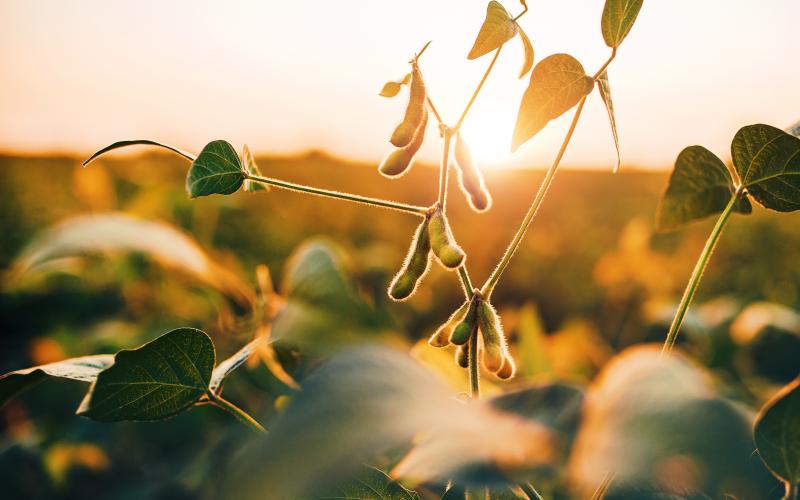
Best Management Practices for Soybean Production
This is your unbiased, research-based guide to soybean production to help increase yield, reduce input costs and protect your investment.
All Soybean Diseases Content
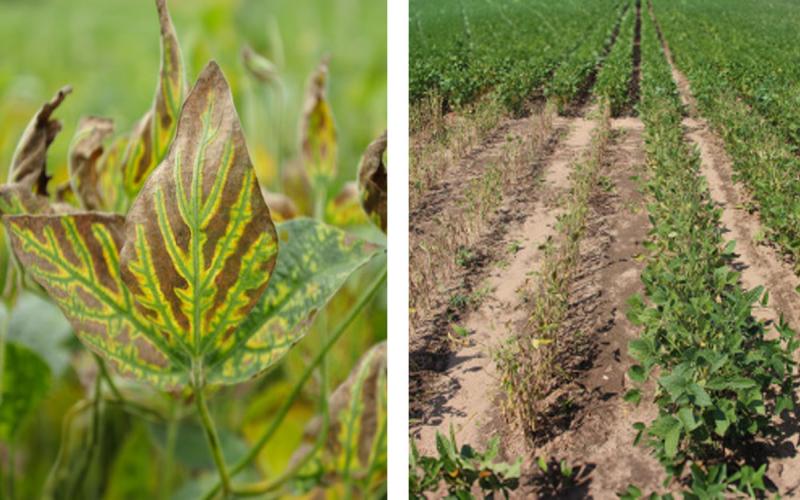
Are You at Risk for Sudden Death Syndrome in Soybean?
The present weather conditions of heavy rainfall and cool temperatures provide a favorable environment for sudden death syndrome in soybeans. Learn some expert tips for identifying and managing it this growing season.
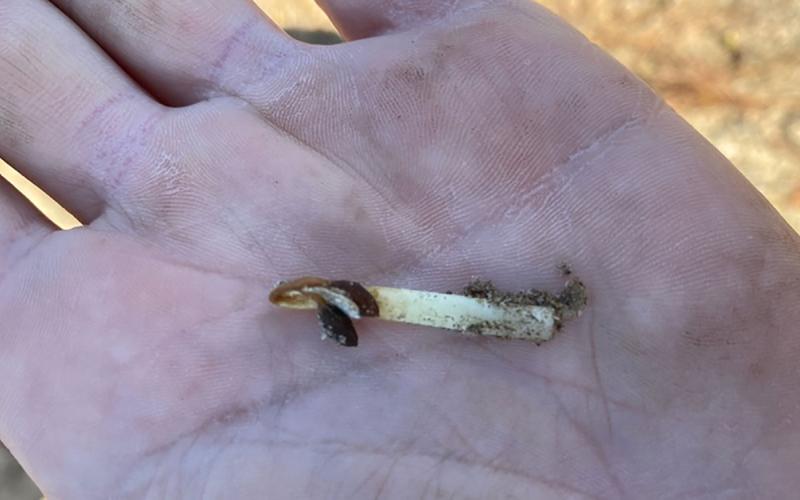
Risks of Early Soybean Planting in South Dakota
Early soybean planting offers potential yield benefits, but it also poses some risks. Learn some expert tips and considerations for early soybean planting this growing season.
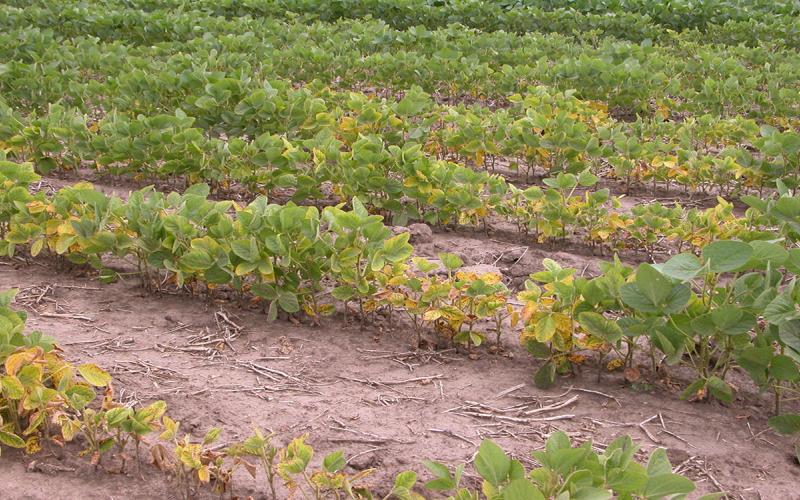
Know Soybean Cyst Nematode, Numbers Matter!
Have you noticed parts of your soybean field turning yellow earlier than expected? Are some of the plants stunted or showcasing a roller coaster appearance? Soybean cyst nematode may be to blame.
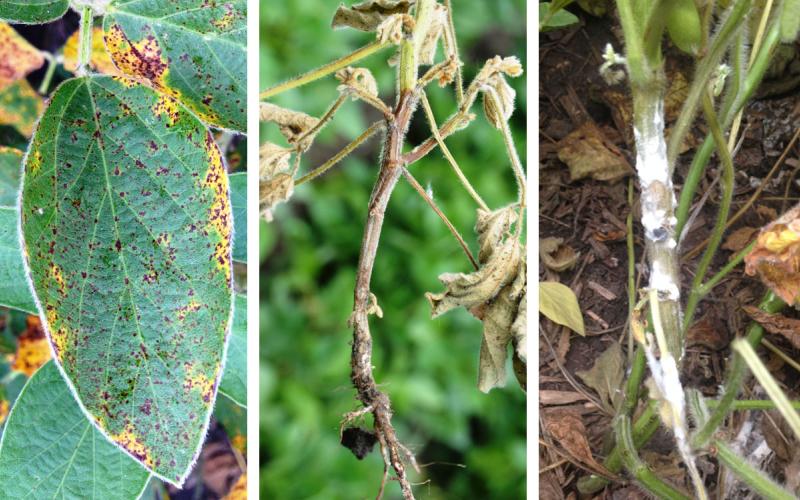
Mid-to-Late Soybean Disease Management
Even though it has been hot and humid this summer, some soybeans around the state have seen ideal conditions for mid-to-late season disease development. Learn some common diseases to scout for.

Are Fungicides Needed on Crops Damaged by Wind, Sand Blasting or Hail?
When extreme weather brings hail and sand blasting to fields, many growers wonder if a fungicide application is needed afterwards to protect wounded plants from bacterial diseases.
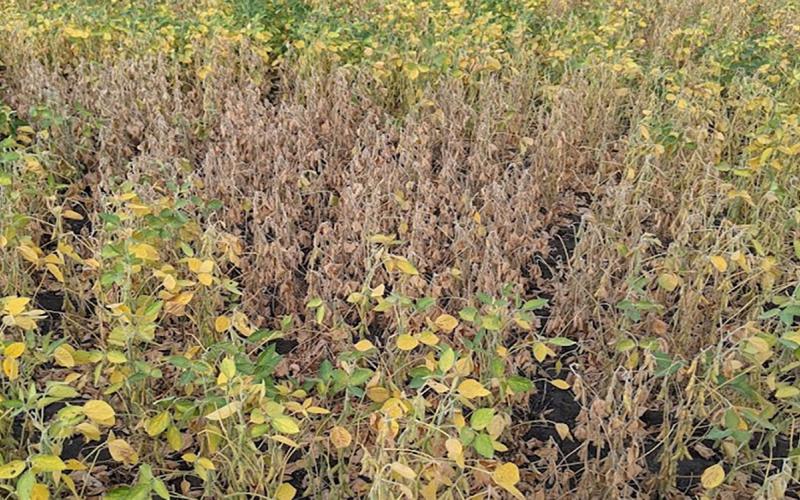
Charcoal and Fusarium Rots Observed in Early Senescing Soybean Plants
The drought conditions in South Dakota have led to early soybean senescence in some areas. However, some of the early senescing may be due to dry-season diseases, such as charcoal and Fusarium rots.
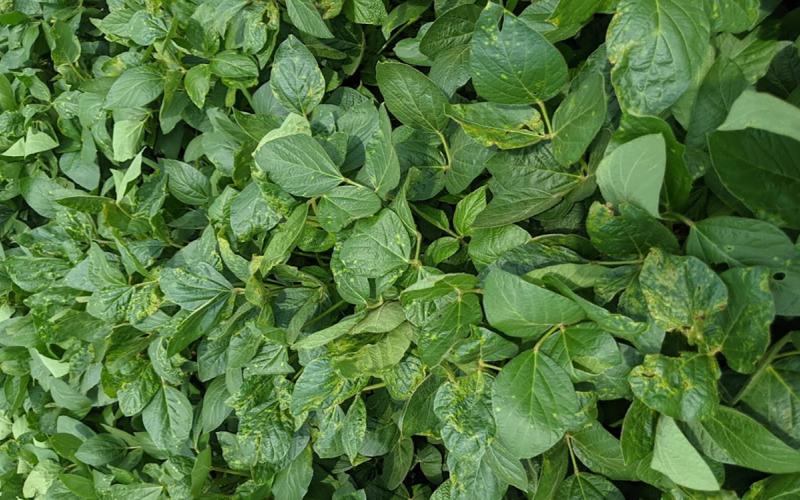
Bacterial Blight Developing In Some Soybean Fields
Bacterial blight was found developing in a few soybean fields scouted the week of July 19. Leaf tattering is a common symptom of bacterial blight and happens when expanding bacterial blight lesions coalesce and form large brown patches.

Stem Canker Developing in Some Soybean Fields
A few soybean fields are showing some wilting plants due to stem canker. The field entries and head rows are the most-impacted parts of these fields. The current dry conditions are stressing the plants and causing early development of the disease.
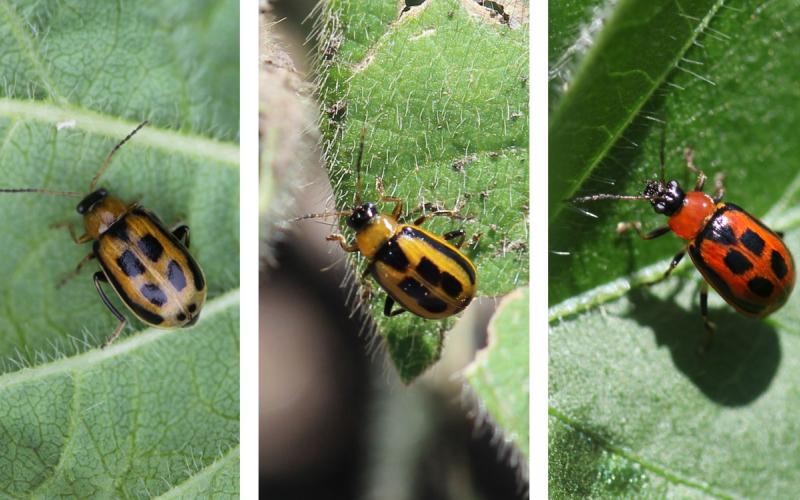
Monitor Soybean for Bean Leaf Beetle Activity
Some of the bean leaf beetles we are currently observing in South Dakota may make up the population of overwintering adults. While these adults are in soybean, they can cause significant amounts of defoliation to the leaves.
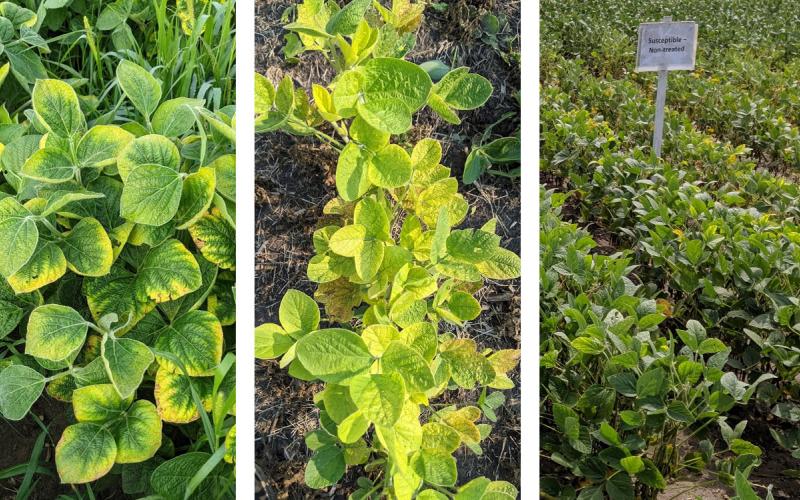
What Is Causing Soybeans to Yellow at This Time?
Recently scouted soybean fields were observed with yellowing plants, and one field was found to have plants dying prematurely. Learn some of the factors that may cause soybean plants to yellow at this time in the growing season.